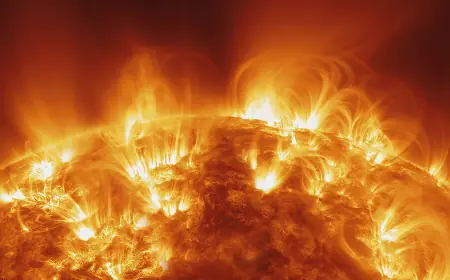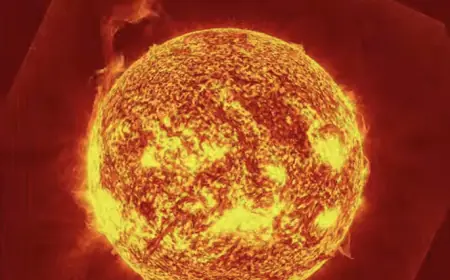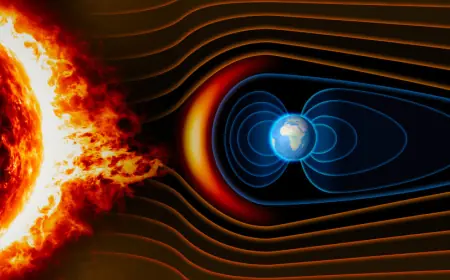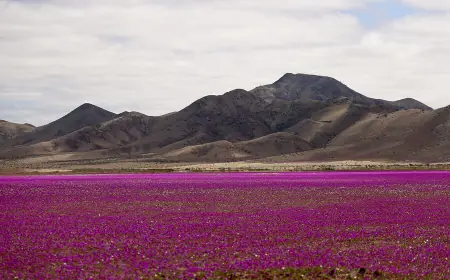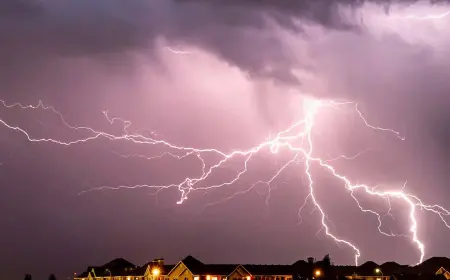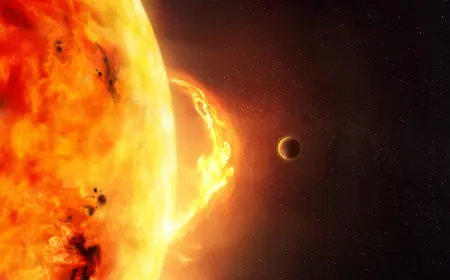Humanity Lost a Significant Portion of Groundwater Resources Over 22 Years

Based on satellite monitoring data collected between 2002 and 2024, it has been revealed that groundwater levels have significantly decreased and freshwater resources have diminished across all continents, including the ice-covered regions of Greenland and Antarctica. An international scientific team of climatologists, geophysicists, and hydrologists from the University of Arizona found that groundwater in ice-free land areas has been lost at an unprecedented rate over 22 years. This conclusion was drawn after analyzing data from NASA’s GRACE and GRACE-FO satellite missions.
What does the data show?
Each year, the global area experiencing a negative water balance increased by approximately 830,000 square kilometers. This trend has been particularly severe in the Northern Hemisphere, where four major “mega-drought” zones have formed: northern Canada and Alaska, northern Russia, the western United States, and Central America. Another large drought zone stretches from North Africa through Europe and the Middle East to China and Southeast Asia.
In the study published in Science Advances, this phenomenon is referred to as “continental drought”, and its effects are being felt by billions of people worldwide. The primary drivers are climate change and human activities. About 68% of groundwater loss is due to agricultural use—especially in Central Asia, Mexico, California, India, and the Arabian Peninsula. The remaining 32% is attributed to reduced surface water, declining moisture, melting permafrost, and vegetation drying out. Key contributing factors include rising water consumption and the failure to replenish water lost during rainy seasons.
What are the implications?
Researchers also highlighted that continental drought contributes to sea level rise. In recent years, groundwater depletion has become one of the main sources of freshwater entering the oceans—exceeding even the contributions from melting ice sheets in Greenland and Antarctica.
The speed of groundwater loss has accelerated since 2014, following a particularly strong El Niño event.
What can be done?
Scientists stress the urgent need to drastically reduce groundwater consumption. Failure to do so could result not only in severe freshwater shortages but also in faster sea level rise.
Falling groundwater levels also negatively affect ecosystems and weaken countries’ abilities to adapt to climate change. This is especially critical, as about 75% of the global population—around 6 billion people—live in countries where water resources are rapidly declining.
“Continental drought is not just a climate statistic. It’s a global water warning—ignoring it would endanger future generations,” the researchers conclude.
They also note that it’s important to distinguish between the drying of groundwater resources and the state of the topsoil that supports plant life. While global greenery appears to be increasing due to human activity and climate shifts, the loss of subsurface water remains a critical concern.
